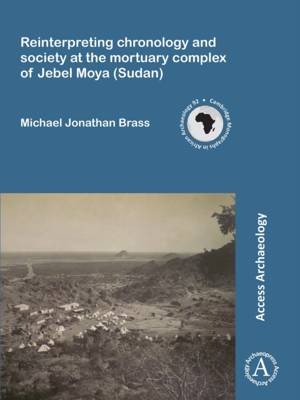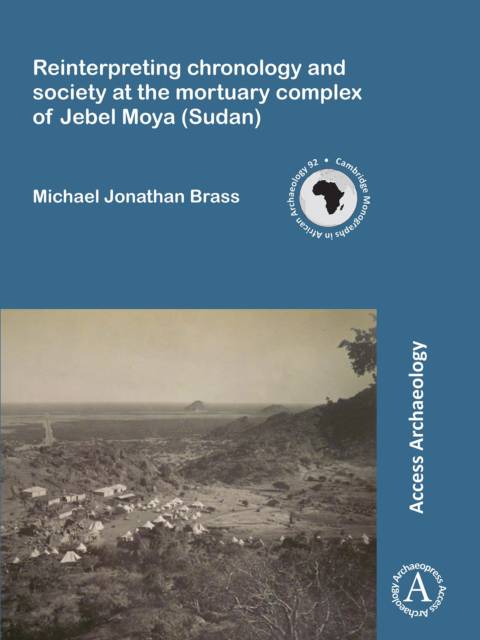
- Afhalen na 1 uur in een winkel met voorraad
- Gratis thuislevering in België vanaf € 30
- Ruim aanbod met 7 miljoen producten
- Afhalen na 1 uur in een winkel met voorraad
- Gratis thuislevering in België vanaf € 30
- Ruim aanbod met 7 miljoen producten
Zoeken
Reinterpreting Chronology and Society at the Mortuary Complex of Jebel Moya (Sudan)
Jonathan Brass
€ 54,45
+ 108 punten
Omschrijving
Jebel Moya (south-central Sudan) is the largest known pastoral cemetery in sub- Saharan Africa with more than 3100 excavated human burials. This research revises our understanding of Jebel Moya and its context. After reviewing previous applications of social complexity theory to mortuary data, new questions are posed for the applicability of such theory to pastoral cemeteries. Reliable radiometric dating of Jebel Moya for the first time by luminescence dates is tied in to an attribute-based approach to discern three distinctive pottery assemblages. Three distinct phases of occupation are recognised: the first two (early fifth millennium BC, and the mid-second to early first millennium BC) from pottery sherds, and the third (first century BC - sixth century AD) with habitation and the vast majority of the mortuary remains. Analytically, new statistical and spatial analyses such as cross-pair correlation function and multi-dimensional scaling provide information on zones of interaction across the mortuary assemblages. Finally, an analysis of mortuary locales contemporary with phase three (Meroitic and post-Meroitic periods) from the central Sudan and Upper and Lower Nubia are examined to show how changing social, economic and power relations were conceptualised, and to highlight Jebel Moya's potential to serve as a chronological and cultural reference point for future studies in south-central and southern Sudan.
Specificaties
Betrokkenen
- Auteur(s):
- Uitgeverij:
Inhoud
- Aantal bladzijden:
- 210
- Taal:
- Engels
- Reeks:
Eigenschappen
- Productcode (EAN):
- 9781784914318
- Verschijningsdatum:
- 15/08/2016
- Uitvoering:
- Paperback
- Formaat:
- Trade paperback (VS)
- Afmetingen:
- 203 mm x 277 mm
- Gewicht:
- 693 g

Alleen bij Standaard Boekhandel
+ 108 punten op je klantenkaart van Standaard Boekhandel
Beoordelingen
We publiceren alleen reviews die voldoen aan de voorwaarden voor reviews. Bekijk onze voorwaarden voor reviews.








